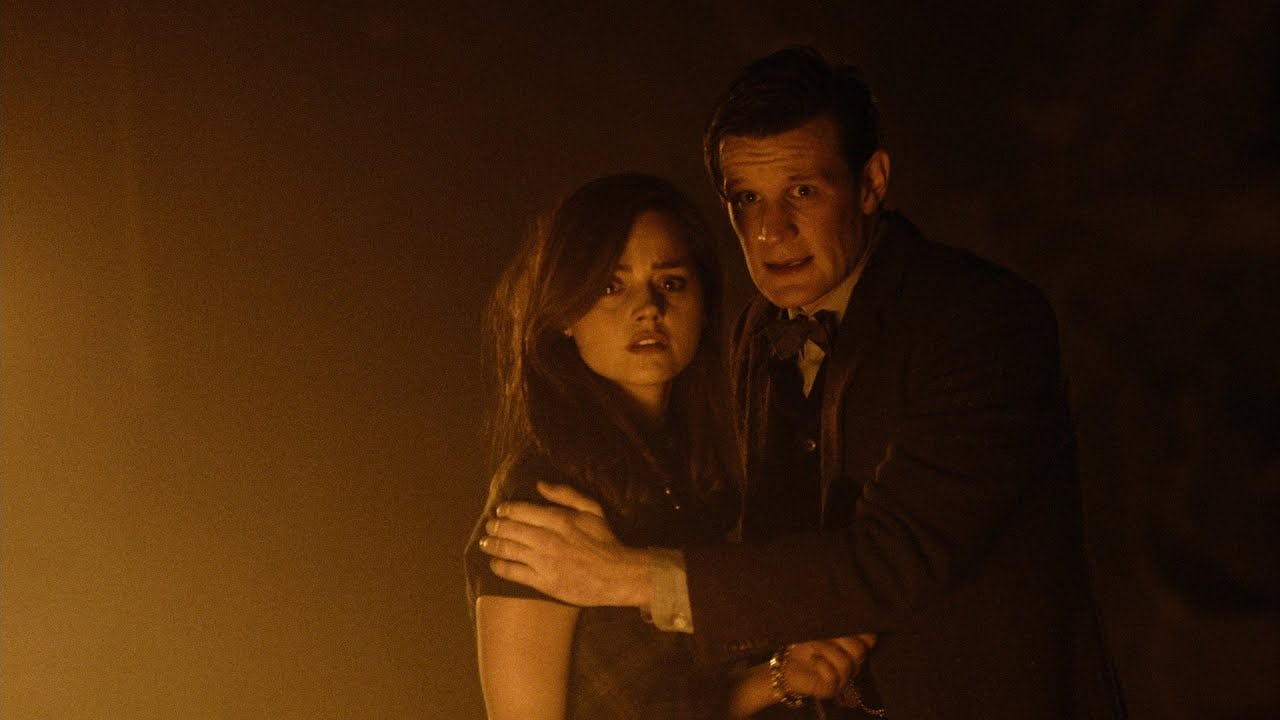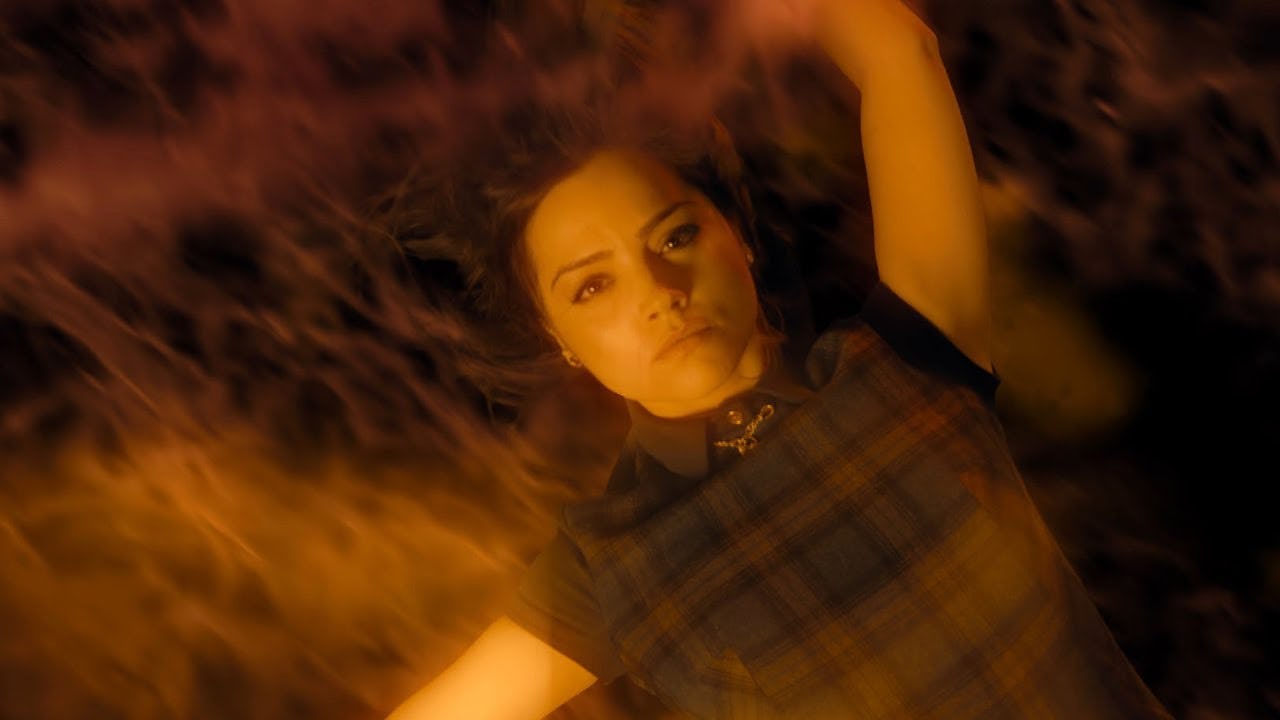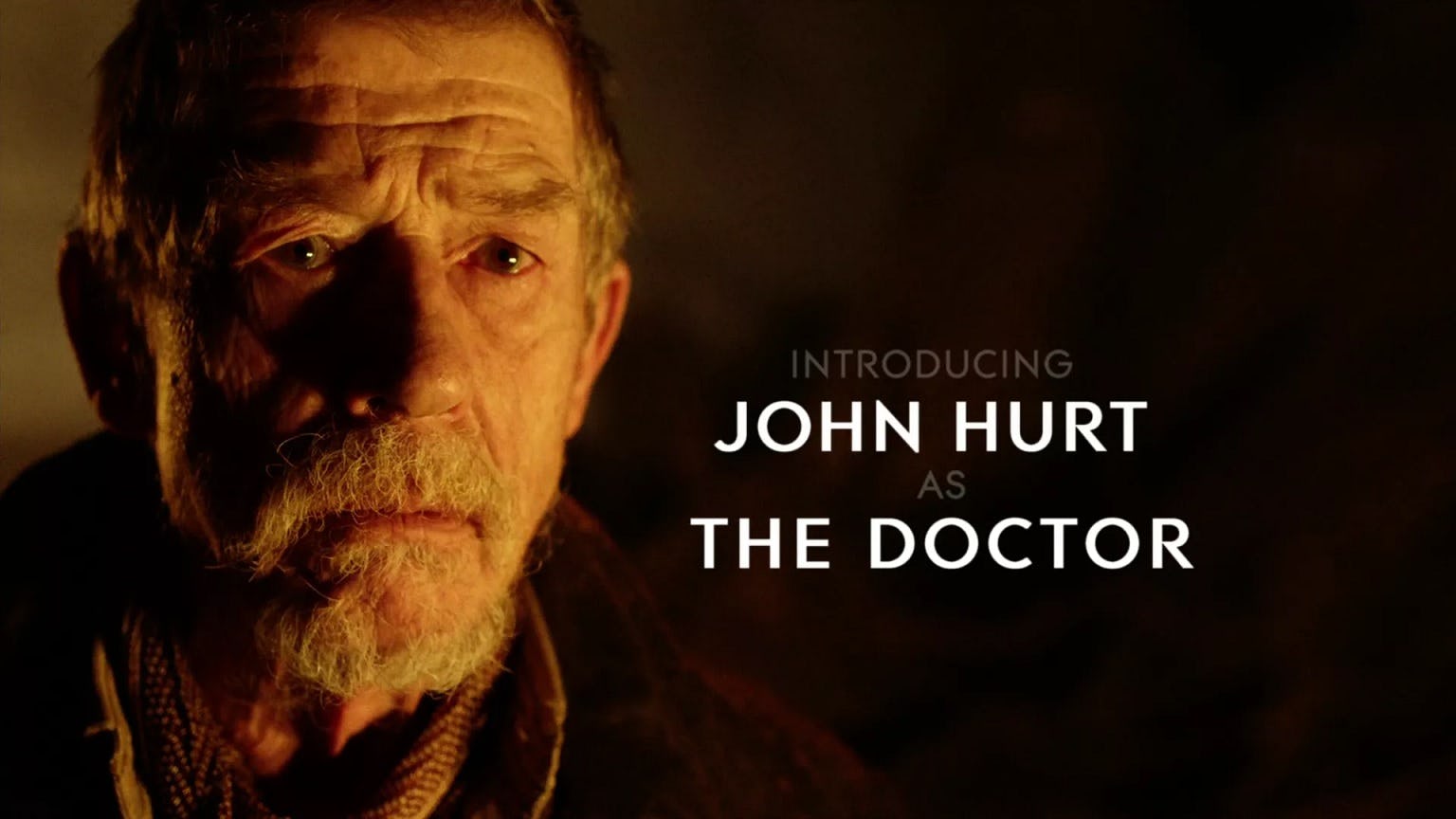
Doctor Who is a show that is built on its own ridiculousness. It’s the show where a diet pill turns fat into tiny adorable aliens. It’s the show where Agatha Christie must defend herself from a giant wasp. It’s the show where there are no ducks in the duck pond. It’s the show where two newlyweds realize the childhood friend they named their daughter after is actually their daughter grown up, and she’s got Time Lord powers because she was conceived on a Tardis.
But on May 18, 2013, that had to change. While the series was gearing up for a truly monumental 50th-anniversary special, the action had to go from silly fun time travel to a scope that reckoned with a half-century of its own legacy. The transition wasn’t the best episode of TV, but it was definitely one of the most deftly crafted episodes of Doctor Who. Here’s how the show pulled off such a tall task.
“The Name of the Doctor” was the Season 7 finale of Doctor Who, but unlike the previous 11th Doctor seasons, it didn’t end with a two-parter. In 44 minutes, the season was wrapped up, a two-season-long mystery was finally explained, and one of the most shocking characters ever revealed in Doctor Who — John Hurt’s “War Doctor” — was revealed.

The episode begins with a cold open following Clara falling down and endless portal while she narrates that she doesn’t know where she is, all she knows is that she has to save the Doctor. We see a montage of her calling out to past regenerations, all from older episodes. She recalls her nickname, The Impossible Girl, given to her after The Doctor found her both inside a Dalek and in Victorian London.
After the credits, a criminal saying the phrase, “The Doctor has a secret he will take to the grave, and it is discovered” brings together reptilian Madame Vastra, her wife Jenny, their Sontaran butler Strax, Clara, and River Song. Clara learns that there’s something terrible happening on Trenzalore — the planet that holds the Doctor’s grave.
There, a villain known as The Great Intelligence has a simple plan: enter the Doctor’s time stream and undo all of his victories. Frantic and looking for a way to help, Clara realizes she has one choice to restore things the way they were: enter the time stream herself, fragmenting her into countless versions, each dead set on saving the Doctor.

It’s not until the end that the title of this episode makes sense: after she succeeds in repairing the Doctor’s time stream, the two come face to face with an elderly man who didn’t act “in the name of the Doctor,” setting up the events of the anniversary.
This reveal establishes John Hurt as The War Doctor — the Doctor who existed between the Eighth Doctor (Paul McGann, who only took on the role for a TV movie) and 9th Doctor (Christopher Eccleston, who played The Doctor for the 2005 reboot.) It was a huge move that shattered Doctor Who canon — the War Doctor is the first non-numbered Doctor in history to be introduced on the show.
Most big Doctor Who specials involved multiple Doctors interacting (like the 20th anniversary special “The Five Doctors”) but Christopher Eccleston made it clear he wasn’t interested in returning for the 50th anniversary. So instead of just having the episode be a two-hander between the other two Doctors of “Nu-Who,” the War Doctor was introduced, an anti-heroic figure who represents the parts of The Doctor he’d rather ignore.
This moment broke the dam for Doctor Who. Now that it was clear that new Doctors didn’t have to be chronological, the writers could throw away the entire rulebook. In later seasons, we get to know the Fugitive Doctor, learn the Doctor’s entire backstory is a lie, and then see the 13th Doctor regenerate into ... the 10th Doctor. Going into the 60th anniversary this year, all these shocking events can be traced back to this one season finale.







